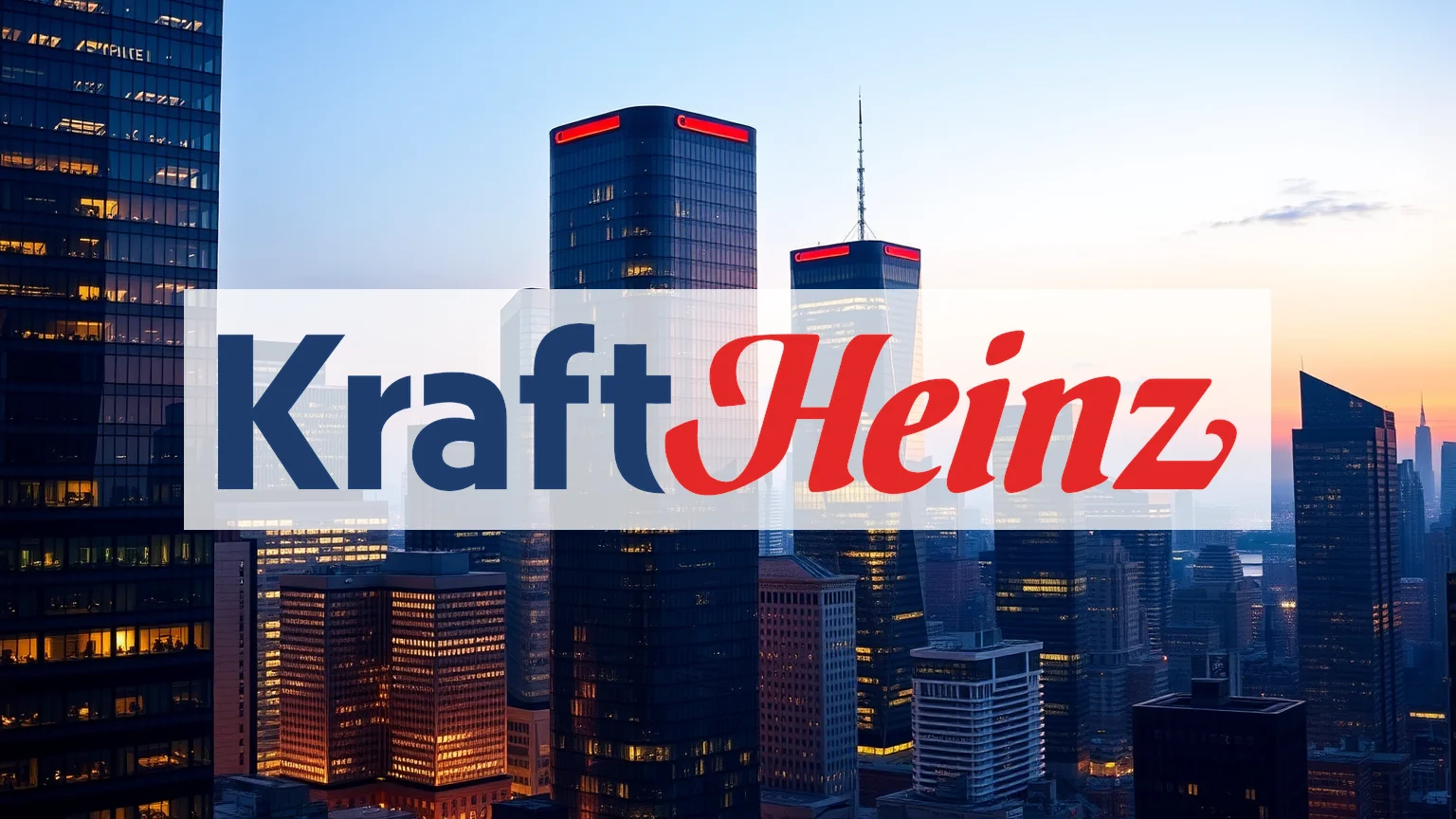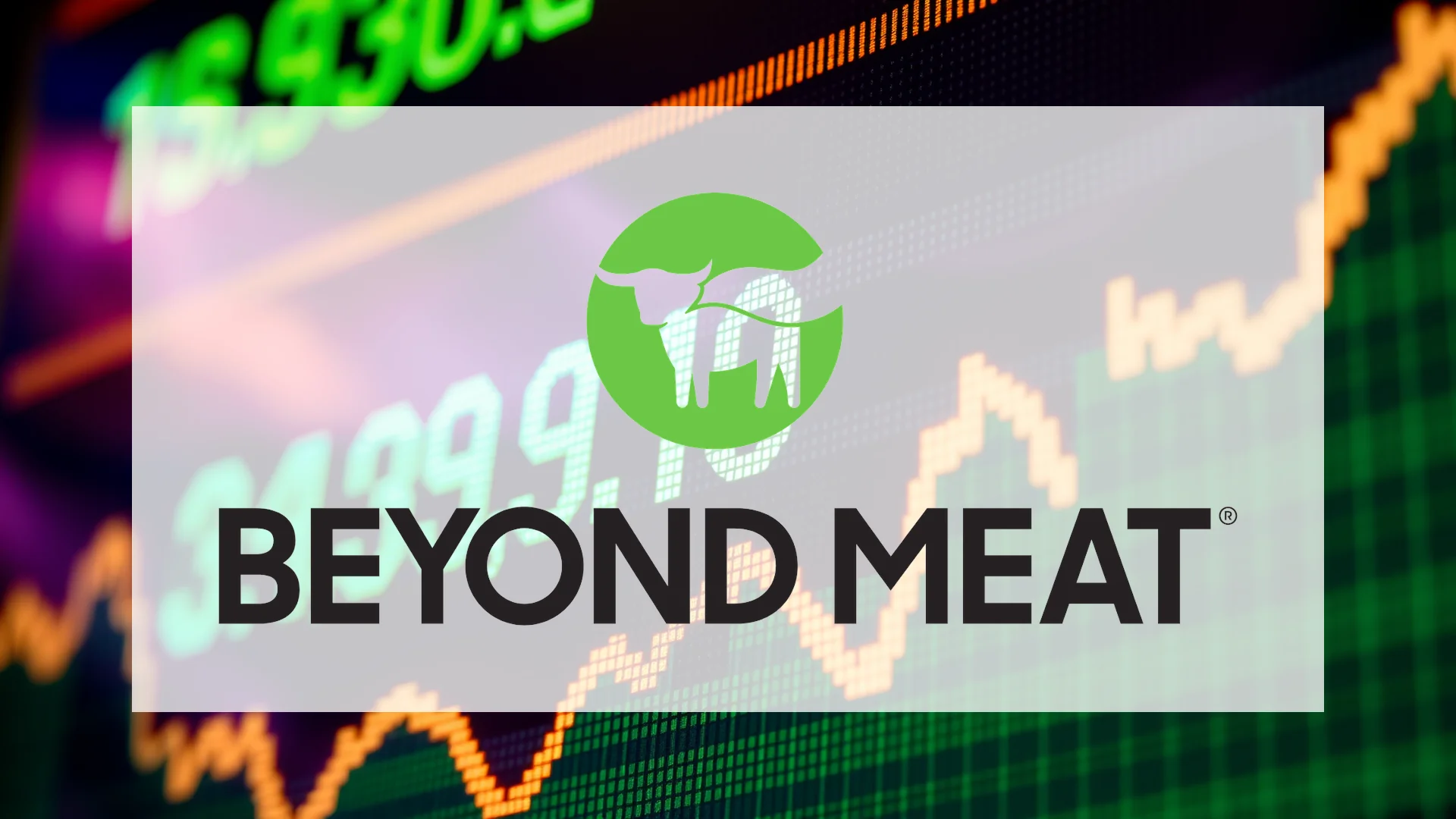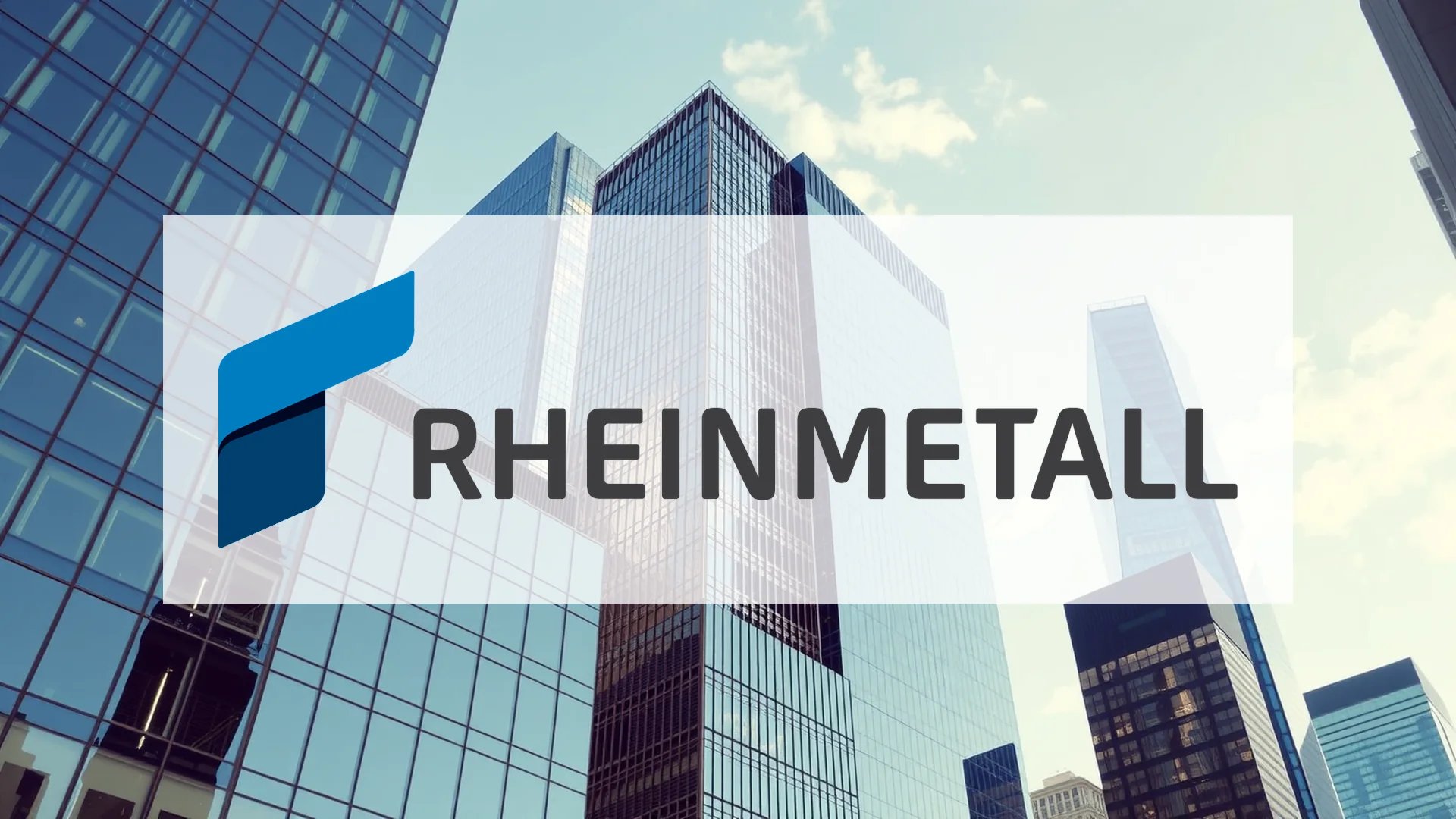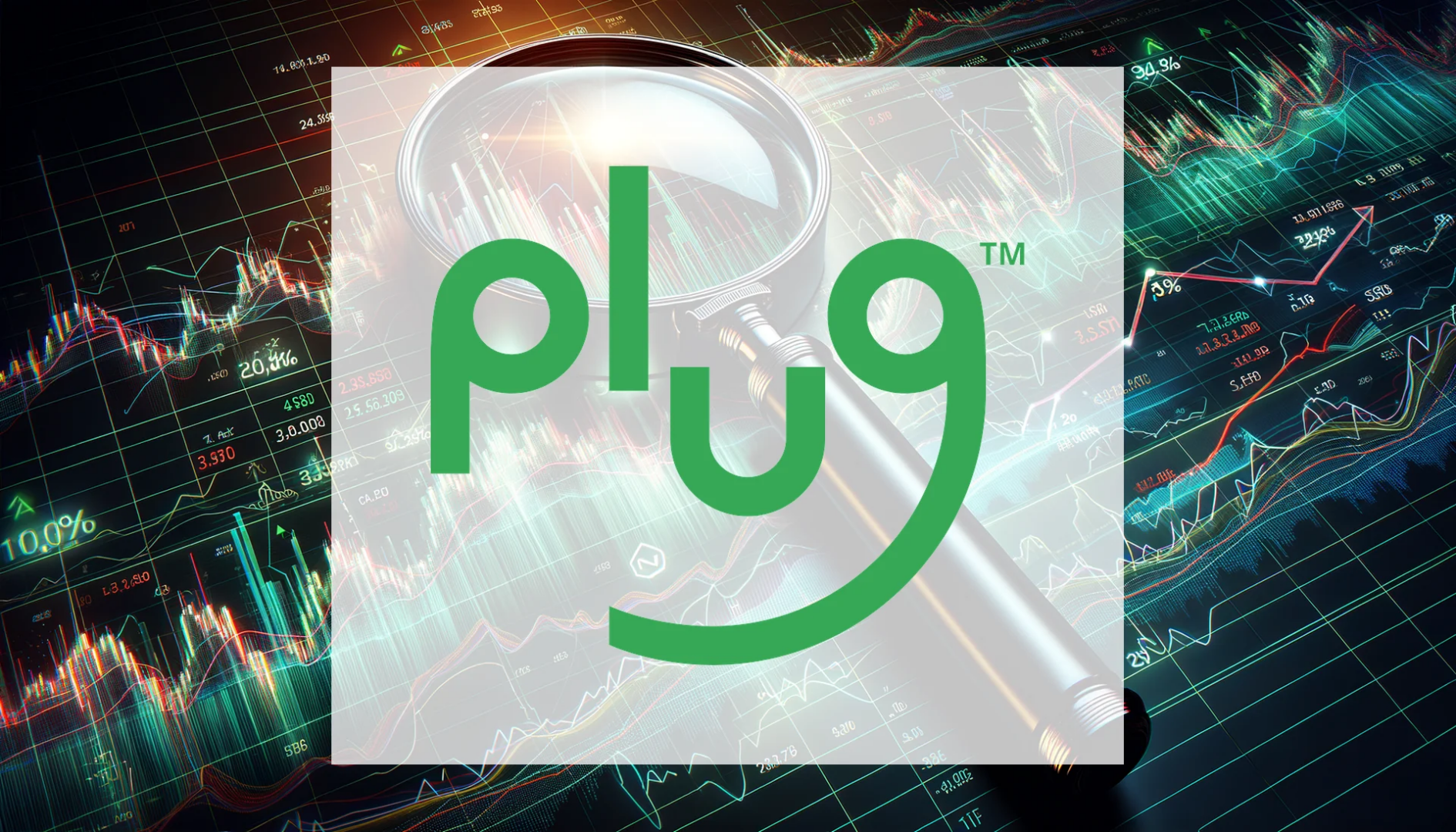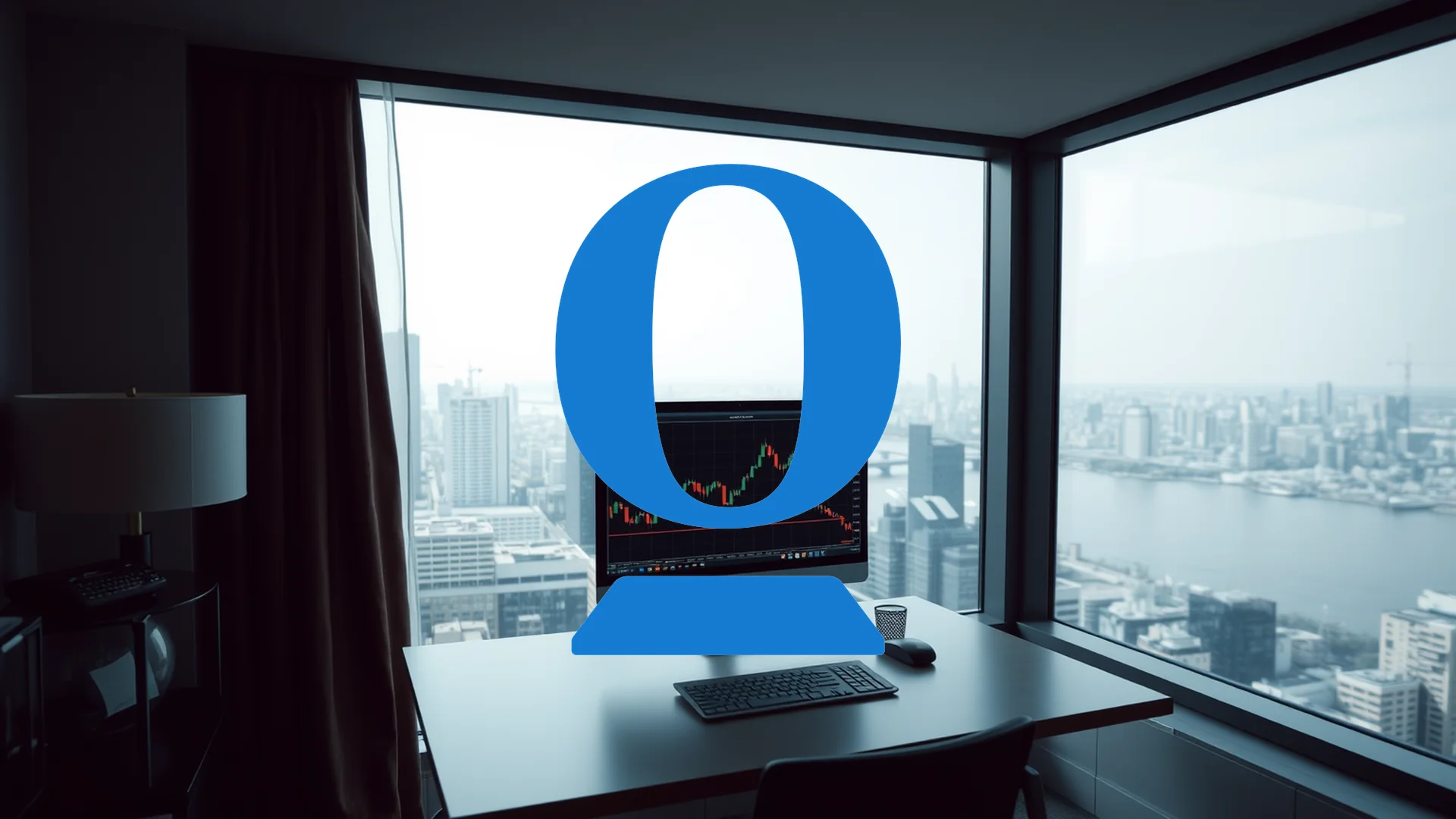Kraft Heinz is reportedly contemplating the most significant strategic shift in its corporate history: a complete separation into two independent publicly traded entities. While management frames this move as a strategic realignment, market observers suggest it may represent a drastic measure to stabilize a company facing severe operational and financial challenges. The proposed split would effectively unwind the landmark 2015 merger that created the current entity.
Financial Performance Triggers Drastic Action
The urgency behind this potential corporate restructuring becomes evident when examining the company’s latest financial results. Kraft Heinz reported a staggering operating loss of $8.0 billion for the second quarter of 2025, primarily driven by a substantial $9.3 billion impairment charge.
Key financial metrics from the quarterly report reveal:
- Net sales declined 1.9 percent to $6.4 billion
- Organic growth fell by 2.0 percent
- Loss per share reached $6.60, compared to a profit of $0.08 per share in the prior year period
- Volume/mix decreased by 2.7 percentage points
Proposed Corporate Structure
According to developing plans, the separation would create two distinct businesses. The traditional “Kraft” branded portfolio—potentially valued at approximately $20 billion—would operate as an independent entity. Meanwhile, the remaining company would focus on faster-growing product categories, including the iconic Heinz ketchup and Grey Poupon mustard brands.
Should investors sell immediately? Or is it worth buying Kraft Heinz?
Market analysts note that the combined valuation of the separated entities could significantly exceed the company’s current market capitalization of approximately $33 billion. This potential valuation upside appears to be driving consideration of the radical corporate action.
Investor Confidence Erodes
The company’s financial challenges have triggered notable shifts in institutional investor positioning. Jump Financial LLC reduced its stake by nearly 60 percent during the first quarter, while Gamco Investors also divested substantial share holdings. Despite management maintaining the quarterly dividend at $0.40 per share, investor uncertainty continues to mount.
The fundamental question facing stakeholders is whether the proposed separation represents a genuine strategic transformation that will unlock value, or merely delays an inevitable corporate reckoning for the struggling food conglomerate.
Ad
Kraft Heinz Stock: Buy or Sell?! New Kraft Heinz Analysis from December 3 delivers the answer:
The latest Kraft Heinz figures speak for themselves: Urgent action needed for Kraft Heinz investors. Is it worth buying or should you sell? Find out what to do now in the current free analysis from December 3.
Kraft Heinz: Buy or sell? Read more here...

